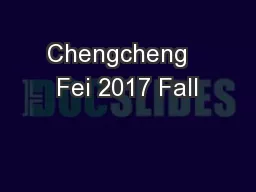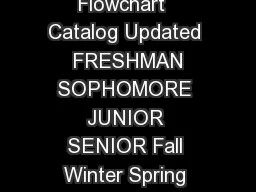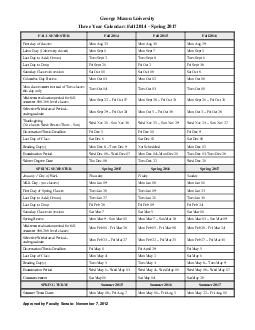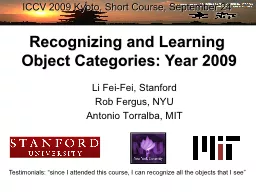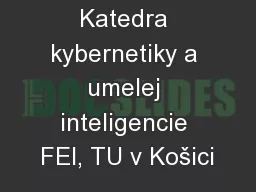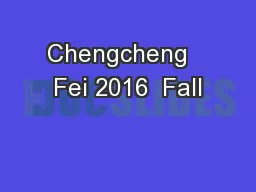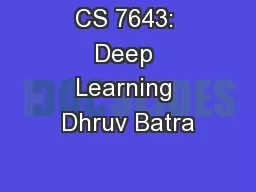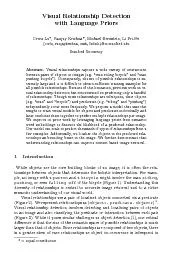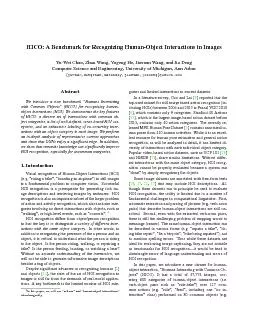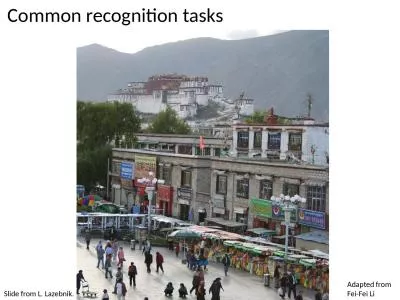PPT-Chengcheng Fei 2017 Fall
Author : alexa-scheidler | Published Date : 2018-03-10
Based on material written by Gillig and McCarl Improved upon by many previous lab instructors Special thanks to Zidong Mark Wang Lecture 4 Power of GAMS R Example
Presentation Embed Code
Download Presentation
Download Presentation The PPT/PDF document "Chengcheng Fei 2017 Fall" is the property of its rightful owner. Permission is granted to download and print the materials on this website for personal, non-commercial use only, and to display it on your personal computer provided you do not modify the materials and that you retain all copyright notices contained in the materials. By downloading content from our website, you accept the terms of this agreement.
Chengcheng Fei 2017 Fall: Transcript
Download Rules Of Document
"Chengcheng Fei 2017 Fall"The content belongs to its owner. You may download and print it for personal use, without modification, and keep all copyright notices. By downloading, you agree to these terms.
Related Documents

